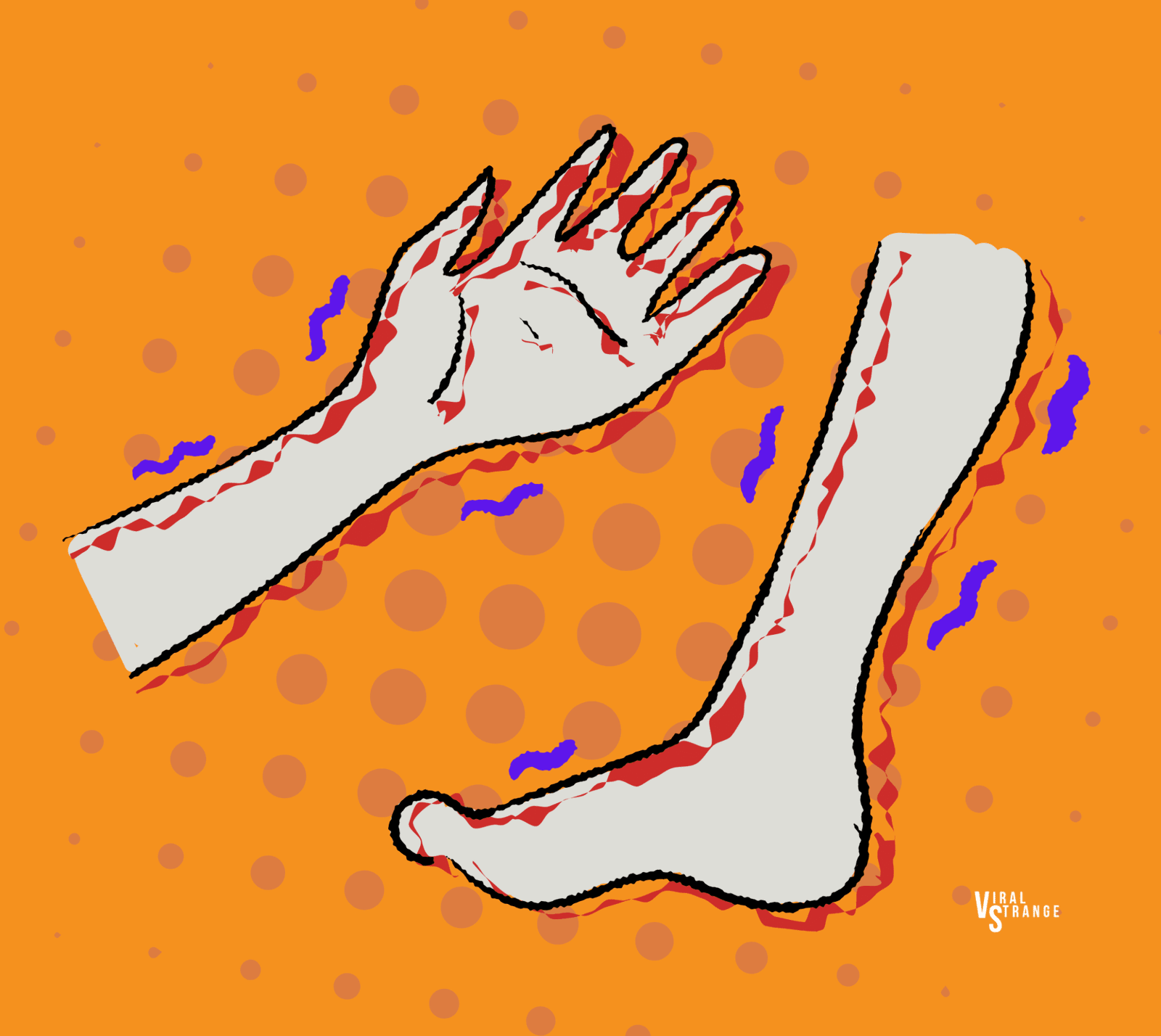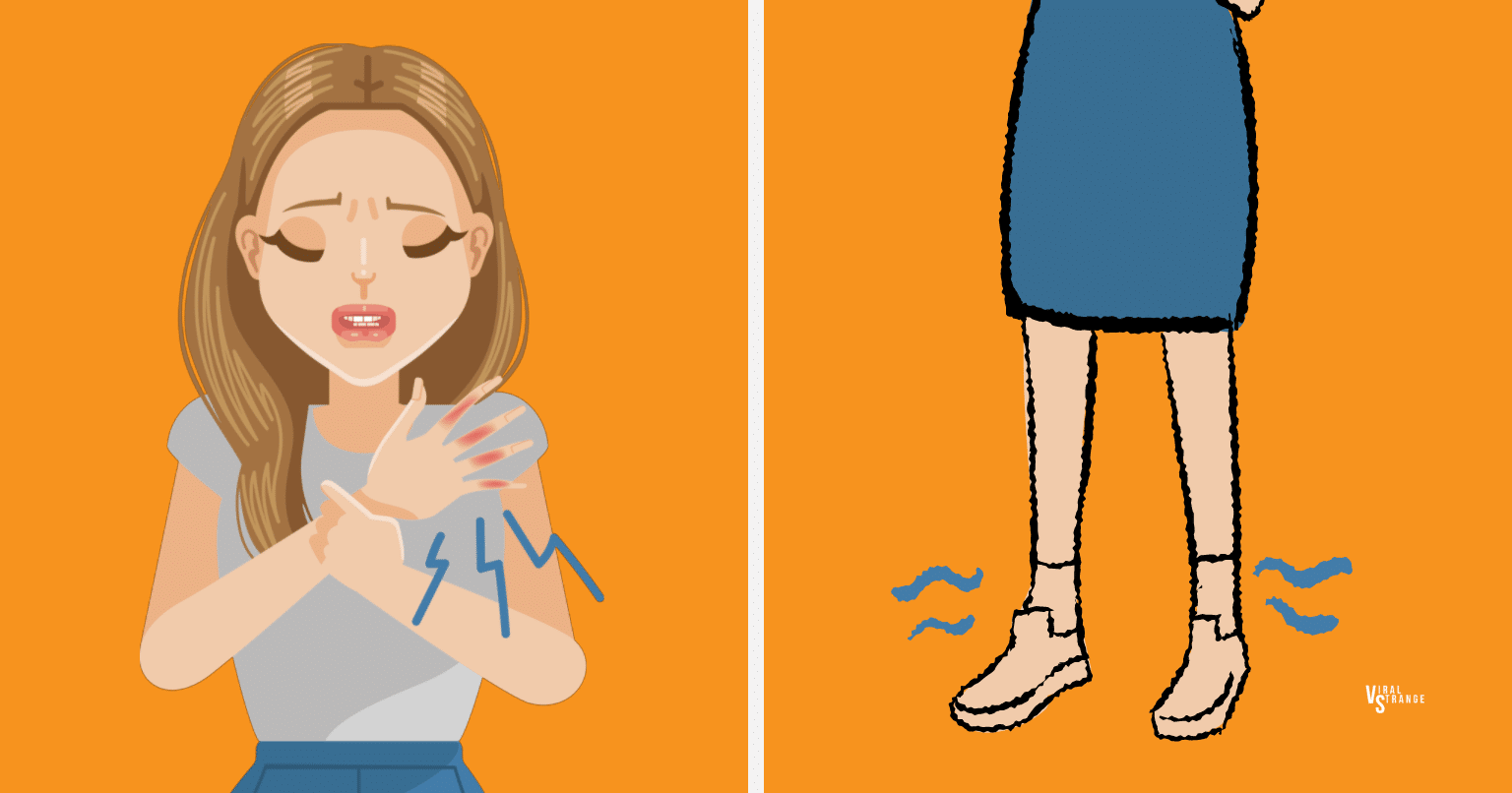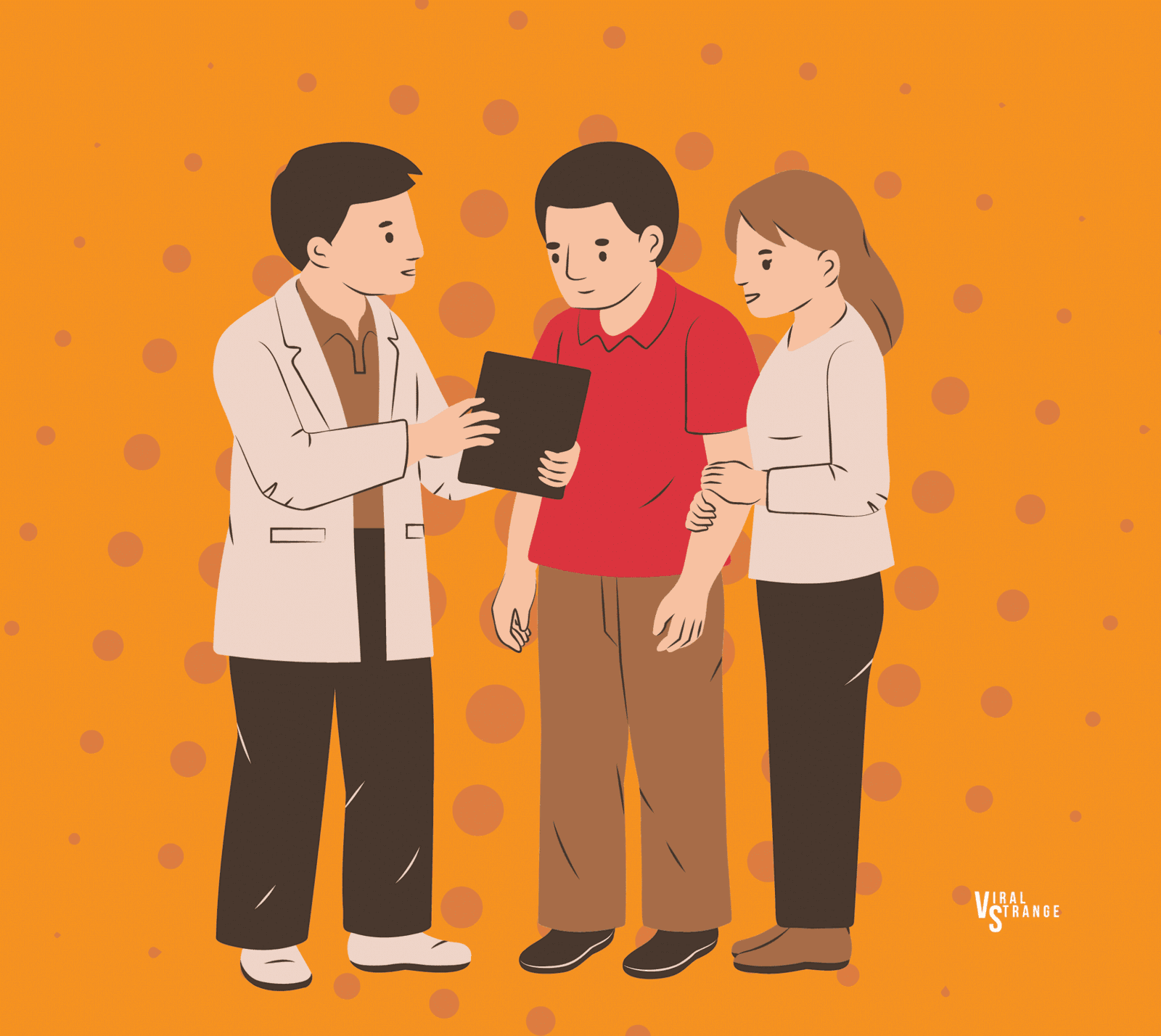The tingling sensation in your body you might feel sometimes (or often) in your hands or legs has an explanation. You know when you stay for a long time sit and then you start walking around, and you feel needles in your legs?
There is no stopping that feeling. However, you can learn to control it or minimize the chances of it happening. Let’s go more in-depth and know about this tingling sensation. *Please, you are advised to see a doctor for further medical advice or examinations.
What is it?
According to the National Institute of Neurological Disorders and Stroke, it is called paresthesia. The sensation of tingling, numbness or even burning can be felt in your hands, feet, legs, or other body parts.
This sensation appears without warning, says a study. It doesn’t cause pain, though, only discomfort.
When does it happen?
We all have happened to experience “pins and needles” once in our lives. It is called transient paresthesia and occurs when we stay in the same position for a long time.
Mostly it happens because the sustained pressure is exerted on a nerve, but it also might occur because of other conditions, such as nerve injury, a herniated disc, etc.
How long does the sensation last?
Paresthesia makes the limb numb but also flexible. The sensitivity is higher and might be spread to other parts of the affected limb.
The sensation goes away quickly after the blood circulates again on the affected nerve. Stretch or massage the numb part to make it go away faster.
What are the consequences of paresthesia?
Some consequences might present themselves when suffering from paresthesia:
- Blood circulation problems
- Adoption of abnormal postures while sleeping
- Difficulty walking or driving
- Increased risk of falling
What are the types of paresthesia?
There are different types of paresthesia. Some of them are:
Buerger’s paresthesia is characterized by tingling or loss of sensation in the legs, fingers, or toes. Usually, it appears to young people, from 20 to 24 years old because of their unhealthy habits.
Meralgia paresthetica happens in the outer thigh. It is characterized by numbness, tingling, and burning.
Does paresthesia become chronic?
Yes, it does. If it happens regularly might be a symptom of neurological disease or nerve damage, such as a stroke, multiple sclerosis, or encephalitis. Also, a tumor, a vascular injury, or carpal tunnel syndrome can cause chronic paresthesia.
Don’t think twice to see a doctor!
Keep in mind: the diagnosis is consistently given by the specialist. Go see a doctor for examination and additional tests.
See a doctor if your paresthesia:
- Begins suddenly
- It follows a recent head injury
- Involves an entire arm or leg
- You experience weakness or paralysis
- You experience confusion
- You experience difficulty talking
- You experience dizziness
- You have a sudden, severe headache
- You have had a head injury
- Your doctor suspects or needs to rule out a brain tumor or stroke
- It begins or worsens gradually
- It affects both sides of the body
- It comes and goes
- It seems related to certain activities, particularly repetitive motions
- It affects only a part of a limb, such as your toes or fingers
Have you ever felt that tingling sensation in your hands or legs? Did it go away? Tell us more about your experience in the comments below.










